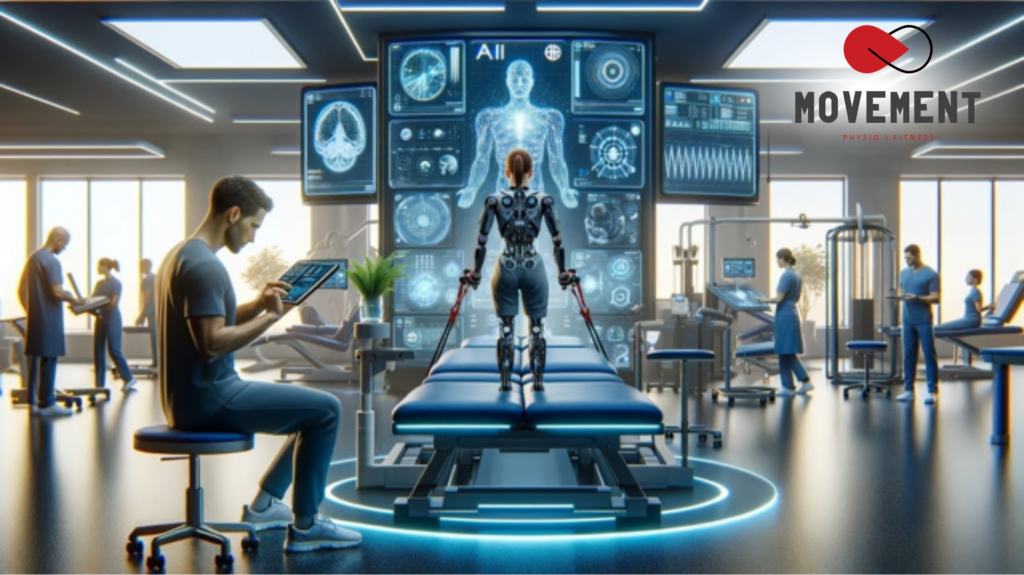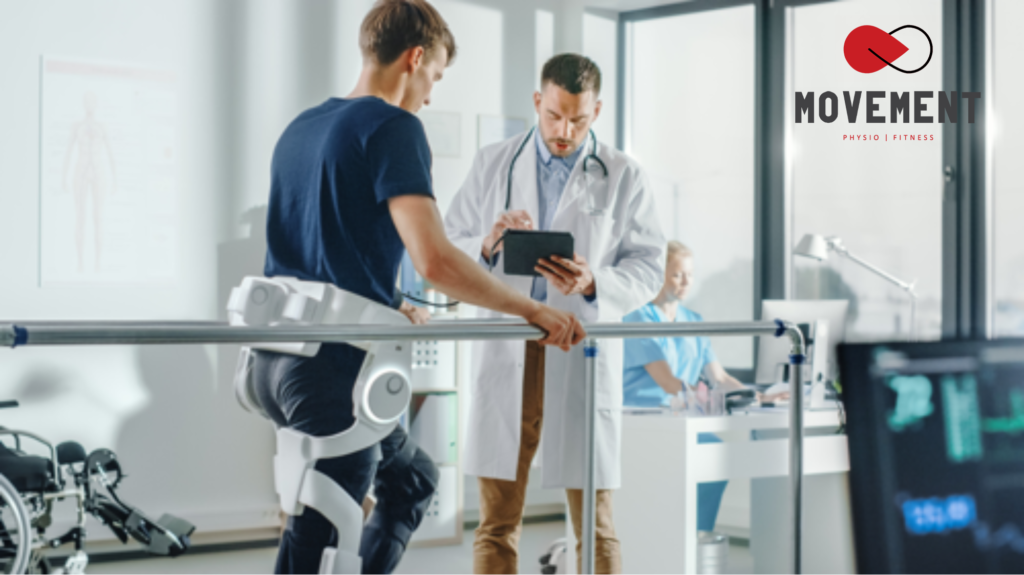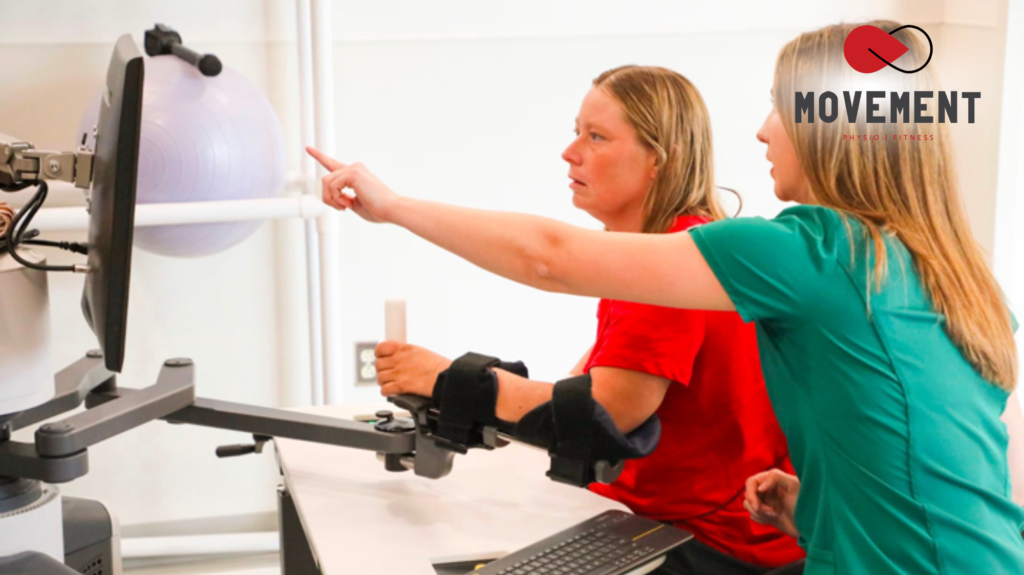In a groundbreaking revelation that feels like it’s straight out of a sci-fi novel, ChatGPT recently took the world by storm with the launch of SORA, a revolutionary text-to-video generator. This cutting-edge tool, powered by the magic of generative AI, can craft videos up to a mesmerising 60 seconds in length from mere written prompts. But SORA doesn’t stop there—it breathes life into still images, transforming them into dynamic, realistic videos that challenge our perception of reality.
This leap forward in AI technology has ignited a mix of awe and apprehension. The videos are so lifelike and so convincing that they’ve sparked a global conversation about the future of artificial intelligence and its potential to reshape the landscape of the human workforce. As we stand on the brink of this new era, the question on everyone’s mind is: Are we approaching a future where AI doesn’t just assist but replaces human creativity and labour? SORA’s unveiling isn’t just a showcase of technological prowess; it’s a window into a future that’s both thrilling and uncertain, urging us to ponder the role of AI in our lives and careers.
In the ever-evolving world of healthcare, artificial intelligence (AI) is stepping onto the scene, leaving many in the physical therapy (PT) realm pondering their future roles. As clinic owners and PTs navigate these technological waves, the fear of being replaced looms. However, a brighter perspective awaits—one where AI serves not as a replacement but as a powerful ally in enhancing patient care.
The integration of Artificial Intelligence (AI) into physiotherapy presents a revolutionary shift in how we approach rehabilitation and patient care. This blog post delves into the transformative power of AI in physiotherapy, drawing from the latest insights while highlighting our services in personal training, physiotherapy, corporate wellness, and virtual physiotherapy. Our goal is to provide a nuanced understanding of AI’s role, ensuring an informative and engaging exploration without sounding like a sales pitch.
Personalising patient care with AI
AI stands not as a replacement but as a powerful ally to physiotherapists, enhancing their ability to deliver care that is both compassionate and customised. By analysing movement, optimising exercise forms, and automating routine tasks, AI enables therapists to focus more on one-on-one patient interactions, thus ensuring a recovery journey that is as deeply human as it is technologically advanced.

Bridging distance with virtual physiotherapy
Virtual physiotherapy transforms how we approach rehabilitation and personal training. It’s not just a service; it’s a bridge. A bridge that connects patients to quality care, regardless of the miles that separate them from their therapists. This leap forward in healthcare technology means no one is too far to receive the help they need. It’s healthcare without borders, making wellness accessible to all.
AI-enhanced rehabilitation: Practical magic at work
The magic of AI in physical therapy is real and happening now. It’s turning the theoretical into the everyday, revolutionising patient care with tangible, real-world applications:
Smart wearables in motion
Imagine a device that learns from your movements and guides your recovery. In California, a rehabilitation centre has made this a reality. AI-powered wearables are tracking patient movements, giving therapists a window into the patient’s world of motion. Recovery timelines are shattered, with patients like stroke survivors, finding their stride faster than ever before. It’s personalised therapy accelerated by AI.
Virtual reality: Immersive recovery
From Sweden comes a VR breakthrough in physiotherapy. Patients are diving into digital worlds, where therapy is not just effective but fun. These immersive environments are more than just games; they’re
gateways to faster recovery. Engaging, enjoyable, and therapeutic, VR is redefining the rehab experience, proving that sometimes, the best medicine doesn’t come in a bottle. At Movement, we believe that virtual reality is truly the future of physiotherapy.
The wide reach of virtual physiotherapy
Virtual physiotherapy platforms are changing the game, bringing personalised care right into your living room. Through video calls, therapists guide, motivate, and support patients across distances. When the world locked down, virtual physiotherapy opened up, ensuring that not a single patient was left behind. It’s more than just convenience; it’s continuity of care, compassion through a screen, and therapy that knows no boundaries.
The future is now
Virtual physiotherapy and AI-enhanced rehabilitation are not just future possibilities; they’re here, reshaping the landscape of physical therapy. With smart wearables, VR, and tele-rehabilitation, we’re witnessing a new era of healthcare: one that’s more accessible, engaging, and effective. It’s a future where distance doesn’t dictate the quality of care, and technology empowers healing. Welcome to the new age of physiotherapy, where every home can be a clinic, and every patient is within reach.
Streamlining operations with AI
AI’s impact extends beyond patient care into administrative tasks, significantly reducing the manual workload through automated scheduling, patient reminders, and billing systems. For example, a physiotherapy clinic network in Australia saw a dramatic decrease in no-show rates and optimised their revenue cycle by implementing an AI-based system for these purposes.
AI-powered biomechanical analysis: The future in motion
In the realm of physical therapy and athletic training, the future is now moving with a sophistication that was once the domain of science fiction. The AI-powered biomechanical analysis represents a groundbreaking leap forward, merging the precision of technology with the intricacies of human movement. This innovative approach, exemplified through pioneering case studies, is setting new standards in the way we understand, monitor, and enhance the physical capabilities of athletes and patients alike.
The science behind the magic
Imagine athletes donned in futuristic suits, embedded with a constellation of sensors, each meticulously tracking and analysing every nuance of movement in real time. This is not a scene from a sci-fi movie but a reality in today’s advanced rehabilitation and athletic training programs. These sensor-laden suits, powered by the latest AI algorithms, offer a window into the body’s complex biomechanics like never before.
At the heart of this technology is the ability to collect vast amounts of data on how muscles, joints, and bones interact during motion. The AI then processes this data, identifying patterns, detecting anomalies, and predicting potential injury risks based on deviations from optimal movement patterns. This real-time feedback is invaluable, providing immediate insights that can be used to adjust and improve technique on the spot.
Real-world impact: Enhancing performance and preventing injuries
The practical applications of AI-powered biomechanical analysis are as vast as they are impressive. In the world of sports, athletes can now receive personalised feedback that helps refine their technique, improve performance, and significantly reduce the risk of injury. For instance, a sprinter might adjust their stride length or foot positioning to achieve better efficiency, or a baseball pitcher might tweak their arm angle to avoid undue stress on the elbow joint.
Beyond the realm of athletics, this technology holds profound implications for rehabilitation. Patients recovering from injuries can be monitored with the same level of detail, allowing therapists to design highly personalised treatment plans. The real-time feedback ensures exercises are performed correctly, accelerating recovery times and minimising the risk of re-injury.
A case in point: transforming rehabilitation
A notable case study involves a professional soccer player recovering from a knee injury. Through the use of an AI-powered biomechanical analysis suit, therapists were able to monitor the player’s gait, balance, and load distribution as he moved. The AI identified subtle compensatory behaviours that, if left unaddressed, could lead to further injury. With this information, the therapy team was able to adjust the rehabilitation program in real-time, focusing on strengthening specific muscles and correcting the player’s movement patterns. The result was a faster and more complete recovery, with a significantly reduced likelihood of future injuries.
The path forward
As we continue to explore the capabilities of AI in biomechanical analysis, the potential for further innovations is boundless. Future developments could include even more precise sensors, deeper AI insights into complex movements, and more intuitive feedback systems that can predict injuries before they happen. The ultimate goal is a fully integrated system that not only enhances athletic performance and accelerates rehabilitation but also fundamentally transforms our understanding of human movement.
AI-powered biomechanical analysis stands at the forefront of a revolution in movement science. By providing detailed insights into the mechanics of the human body in motion, this technology offers a promising future where injuries are not just rehabilitated but prevented, and athletic performance is not just enhanced but optimised. As we continue to harness the power of AI, the future of physical therapy, sports science, and rehabilitation is indeed in motion, moving us toward a world where the full potential of human movement is realised.
Embracing the future with AI
As we delve deeper into the integration of AI within physical therapy, the importance of balancing technological advancements with the human touch becomes clear. The challenges of data privacy, ethical concerns, and the need for additional training are acknowledged, yet the potential benefits of AI in improving patient care, enhancing treatment outcomes, and streamlining administrative tasks are undeniable.
Elevating rehabilitation with virtual physiotherapy and personal training
In today’s fast-paced world, where convenience and accessibility are paramount, Movement Physiotherapy stands at the forefront of innovation in healthcare by offering virtual physiotherapy and personal training services. This digital approach to rehabilitation and fitness training is designed to meet the evolving needs of our clients, ensuring they receive the highest quality care and guidance, regardless of their physical location.

Virtual physiotherapy: breaking the barriers of traditional care
Our virtual physiotherapy service is a testament to our commitment to embracing technology for the betterment of patient care. Through secure video conferencing tools, we connect patients with our highly skilled physiotherapists, who provide personalised assessments, treatments, and guidance, all from the comfort of the patient’s home or office. This service is particularly beneficial for those with mobility issues, busy schedules, or those living in remote areas where access to quality physiotherapy services might be limited.
The benefits of virtual physiotherapy extend beyond convenience and accessibility. It ensures continuity of care, allowing for regular monitoring and adjustments to treatment plans as needed, ensuring optimal recovery paths for our patients. Additionally, it offers a safe alternative for receiving care, especially important during times when health concerns or restrictions may limit physical contact.
Personal training: customised fitness at your fingertips
Similarly, our virtual personal training programs are tailored to meet the individual fitness goals and needs of our clients. Whether you’re looking to improve your overall health, recover from an injury, or enhance your athletic performance, our certified personal trainers develop customised workout plans that can be executed in any setting. Through live video sessions, our trainers provide real-time feedback, motivation, and adjustments to ensure you get the most out of your workout safely and effectively.
One of the unique aspects of our virtual personal training service is the integration of AI technology. By leveraging AI, we can analyse your movements, track your progress, and adjust your training program in real time, ensuring a highly personalised and effective fitness journey. This innovative approach not only enhances the quality of our training sessions but also accelerates your progress towards achieving your health and fitness goals.
The best of both worlds: Combining human expertise with AI
Our virtual services marry the convenience of technology with the irreplaceable value of human expertise. Our team of physiotherapists and personal trainers is not only adept at using digital tools to deliver care and training but also brings empathy, motivation, and personalised attention to each session. This balance ensures that our clients receive a holistic and human-centred service enhanced by the precision and efficiency of AI.

Embracing the future of healthcare and fitness
By offering virtual physiotherapy and personal training, we are not just adapting to the current trends in healthcare and fitness; we are actively shaping the future of how these services are delivered and experienced. Our commitment to innovation, quality care, and client satisfaction drives us to continually explore and integrate new technologies and methods to enhance our services.
The integration of virtual physiotherapy and personal training into our business offerings reflects our dedication to providing accessible, efficient, and personalised care and fitness training to our clients. As we move forward, we remain excited about the possibilities that lie ahead in combining human expertise with technological advancements, ensuring that we stay at the cutting edge of healthcare and fitness services.
Conclusion: A new era of physical therapy
The fusion of AI with physical therapy opens up a realm of possibilities for improved patient care and operational efficiency. Our commitment to integrating AI into our services, including virtual physiotherapy and personal training, is steadfast. By exploring the full potential of this synergy, we aim to ensure the best possible outcomes for our patients, paving the way for a future where healthcare is more effective, efficient, and accessible to all. This journey towards a technologically advanced yet deeply human healthcare future promises not just improved outcomes but also a transformative impact on the physical therapy landscape.

Add your first comment to this post